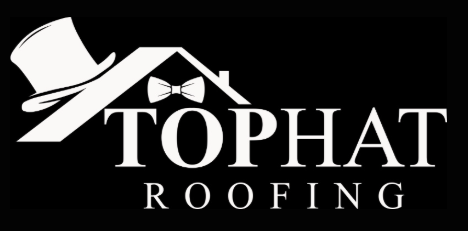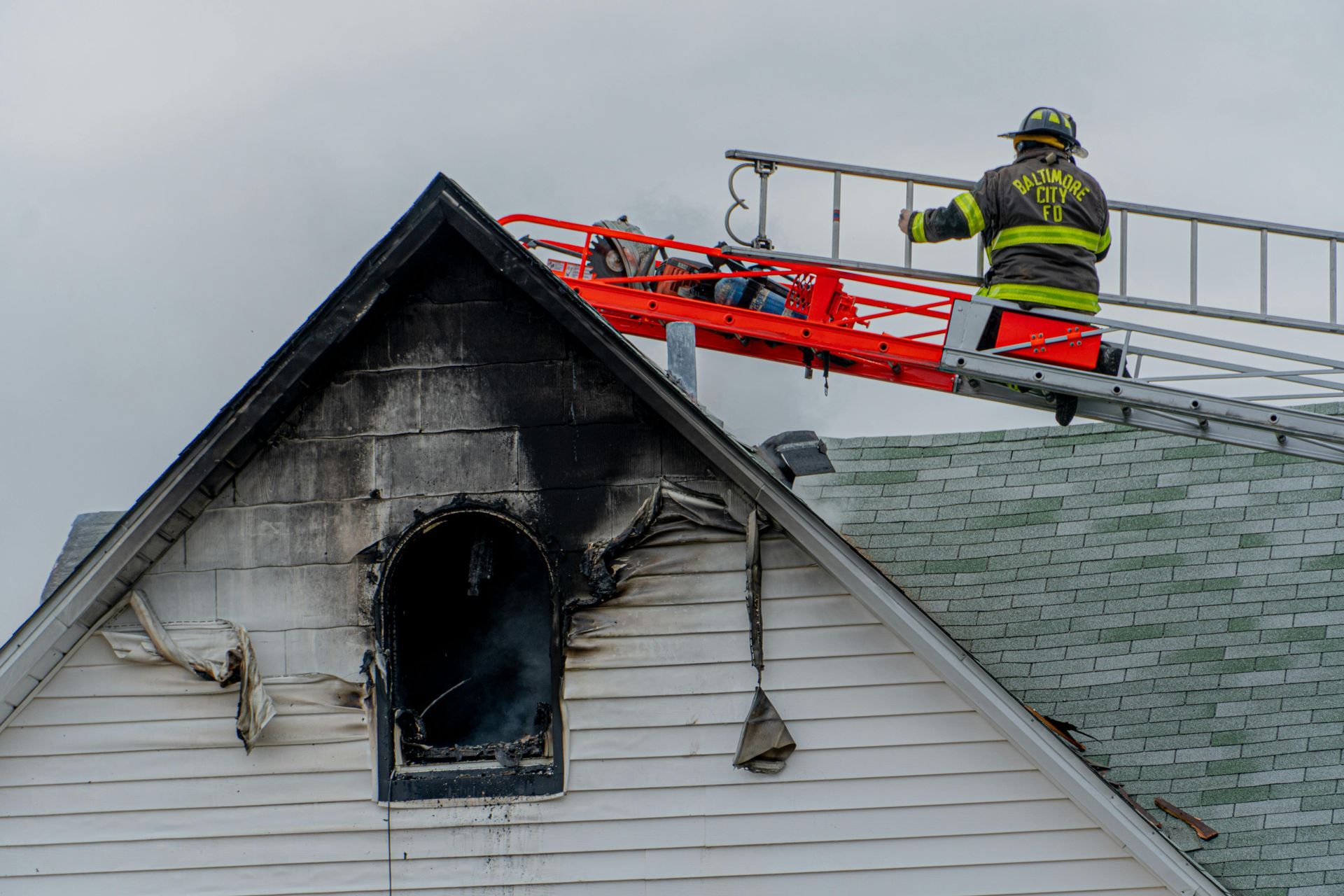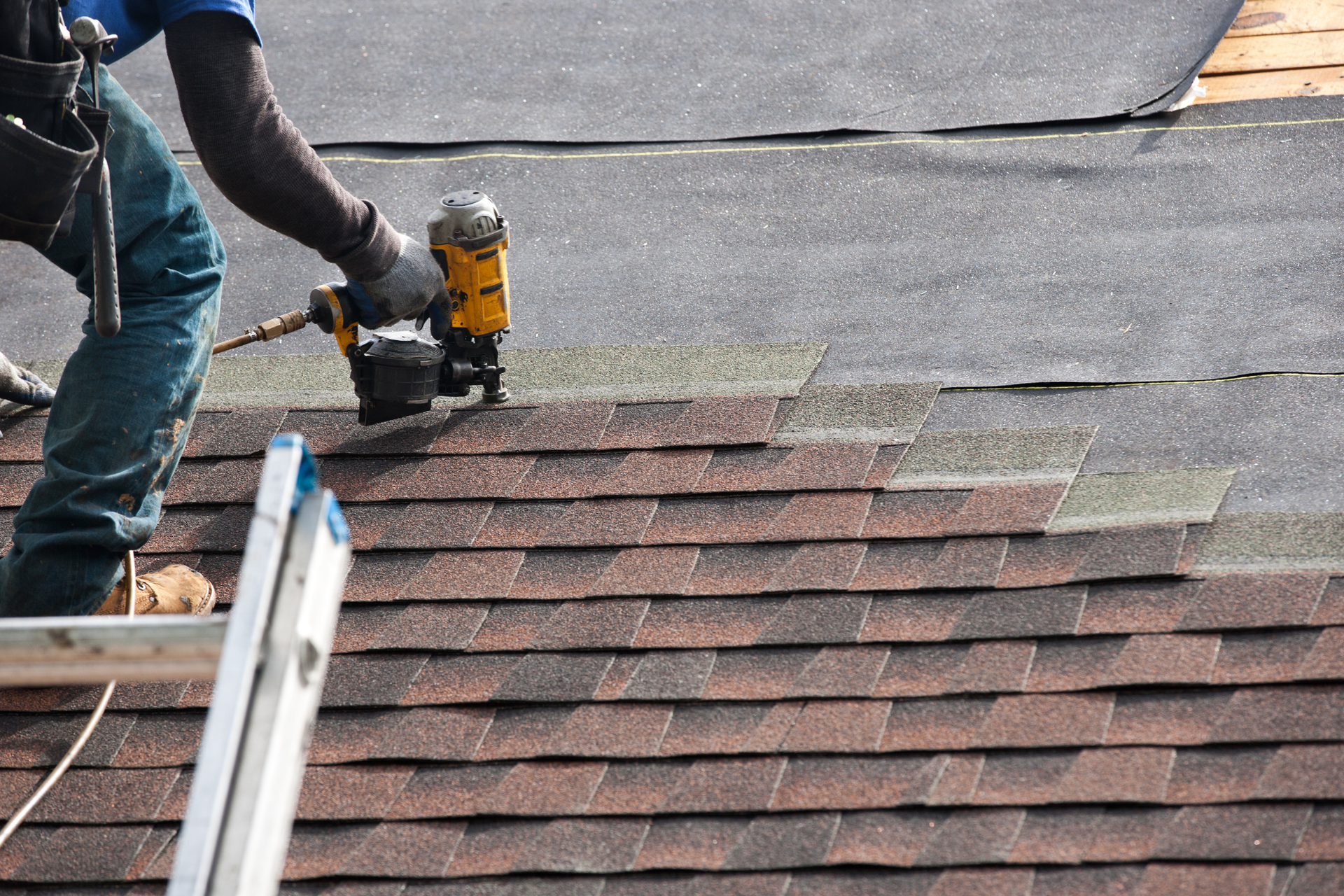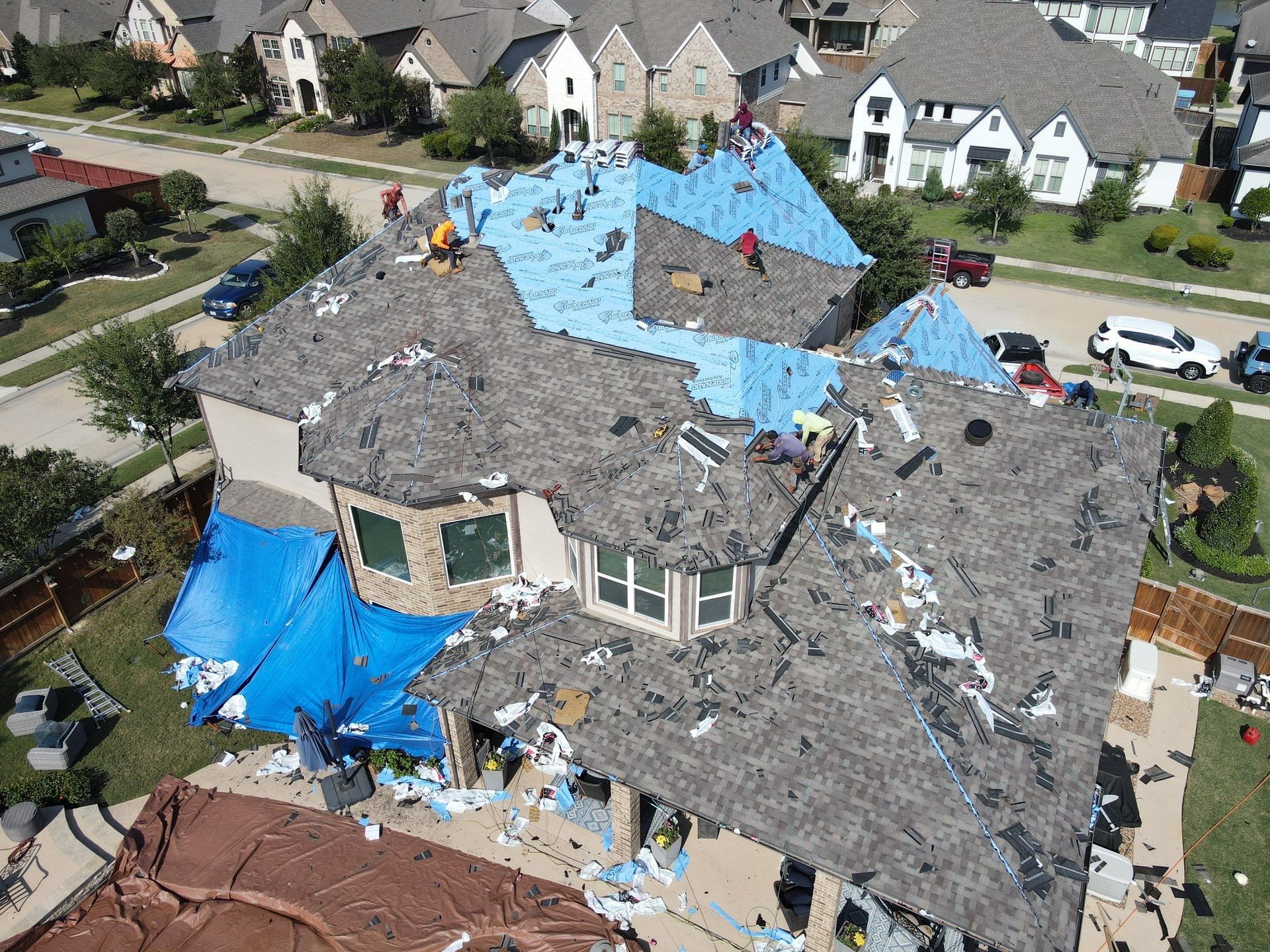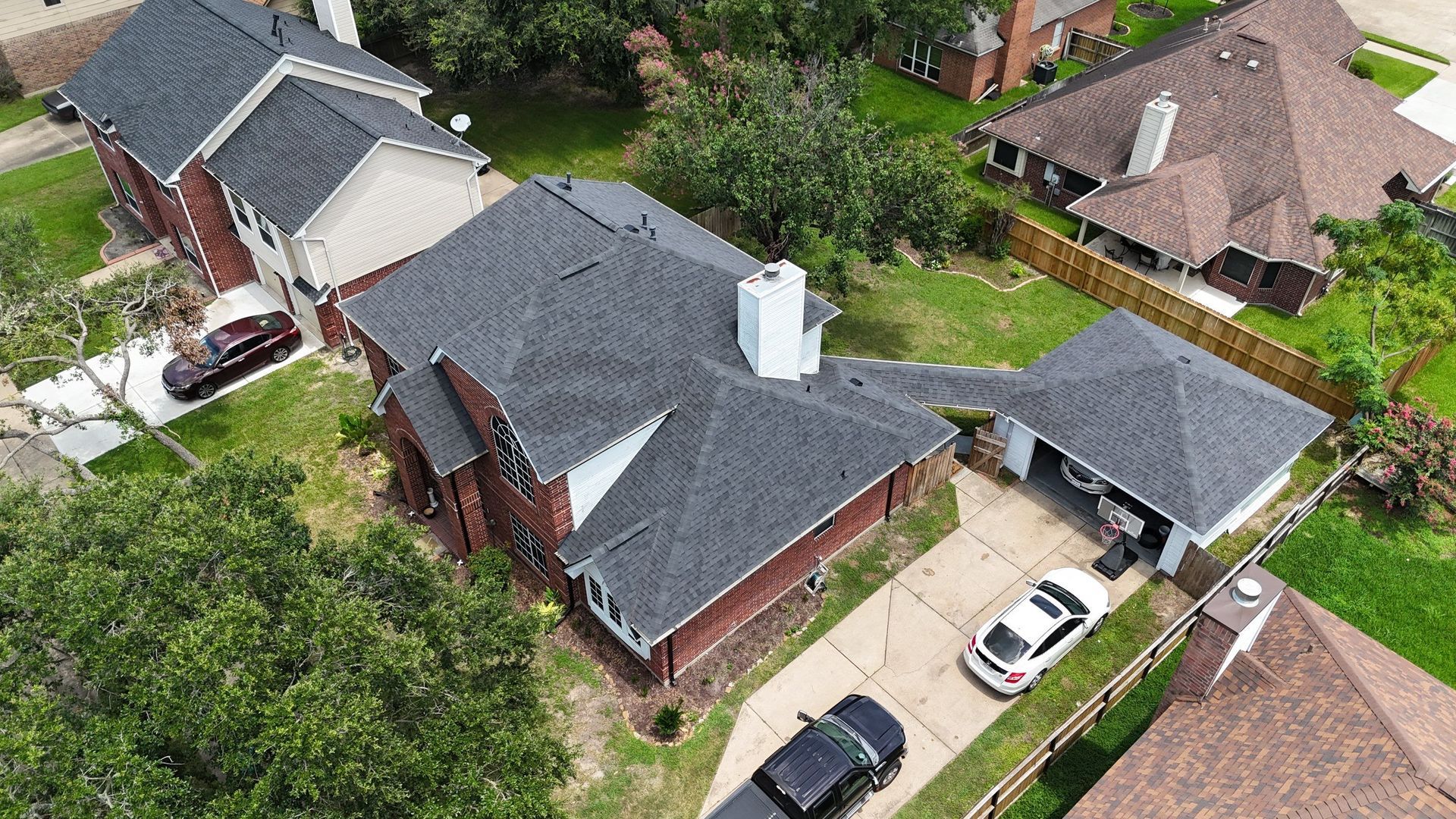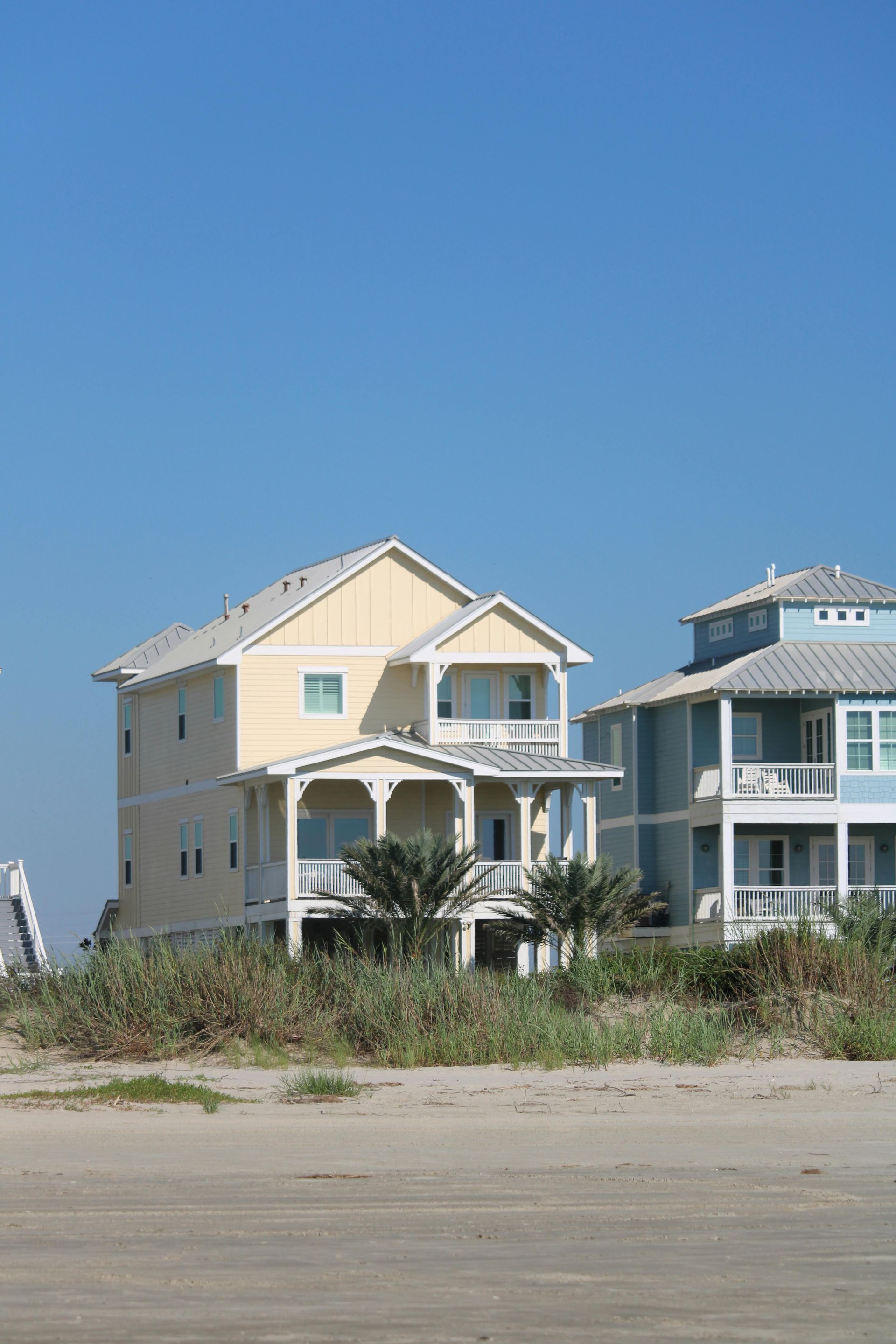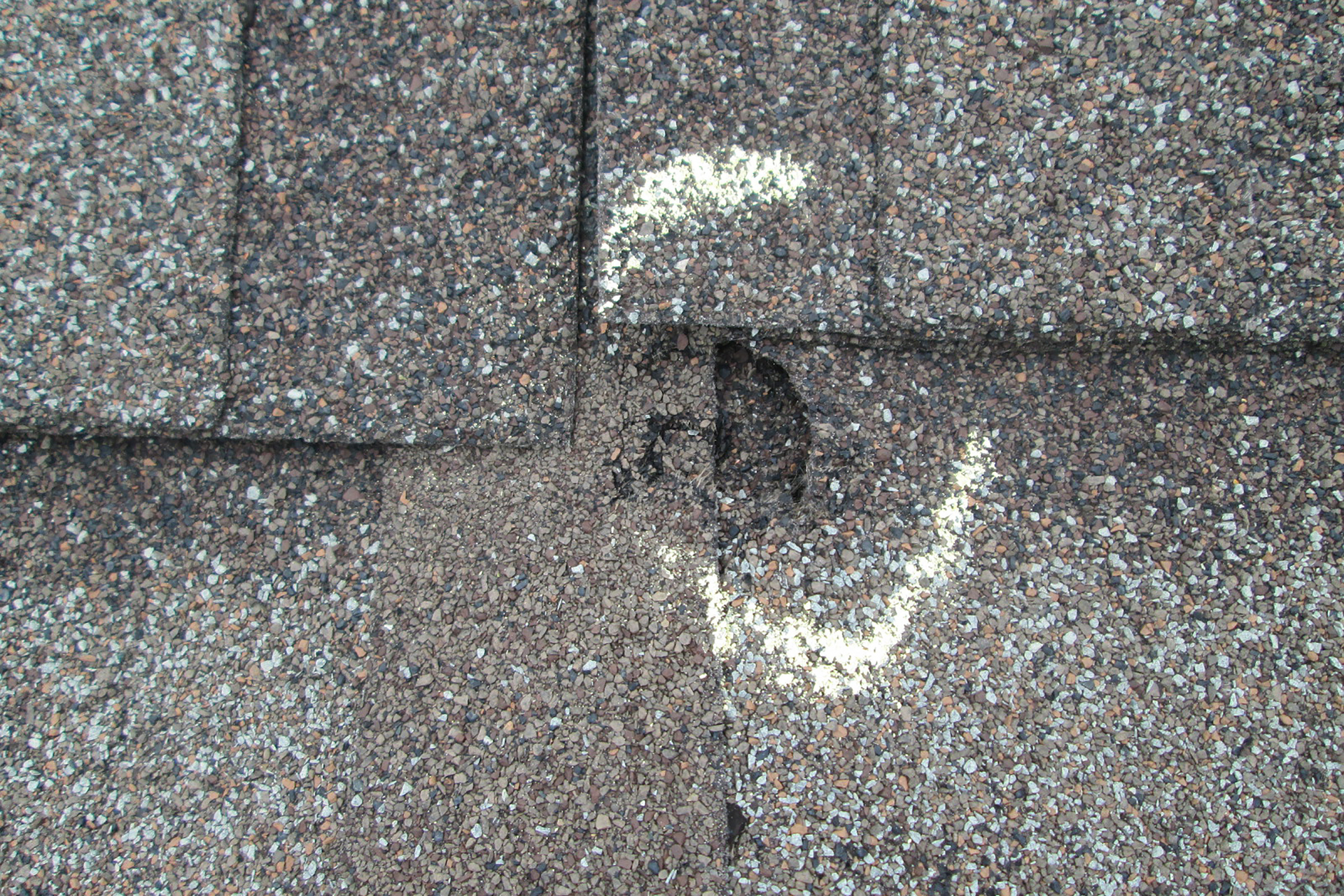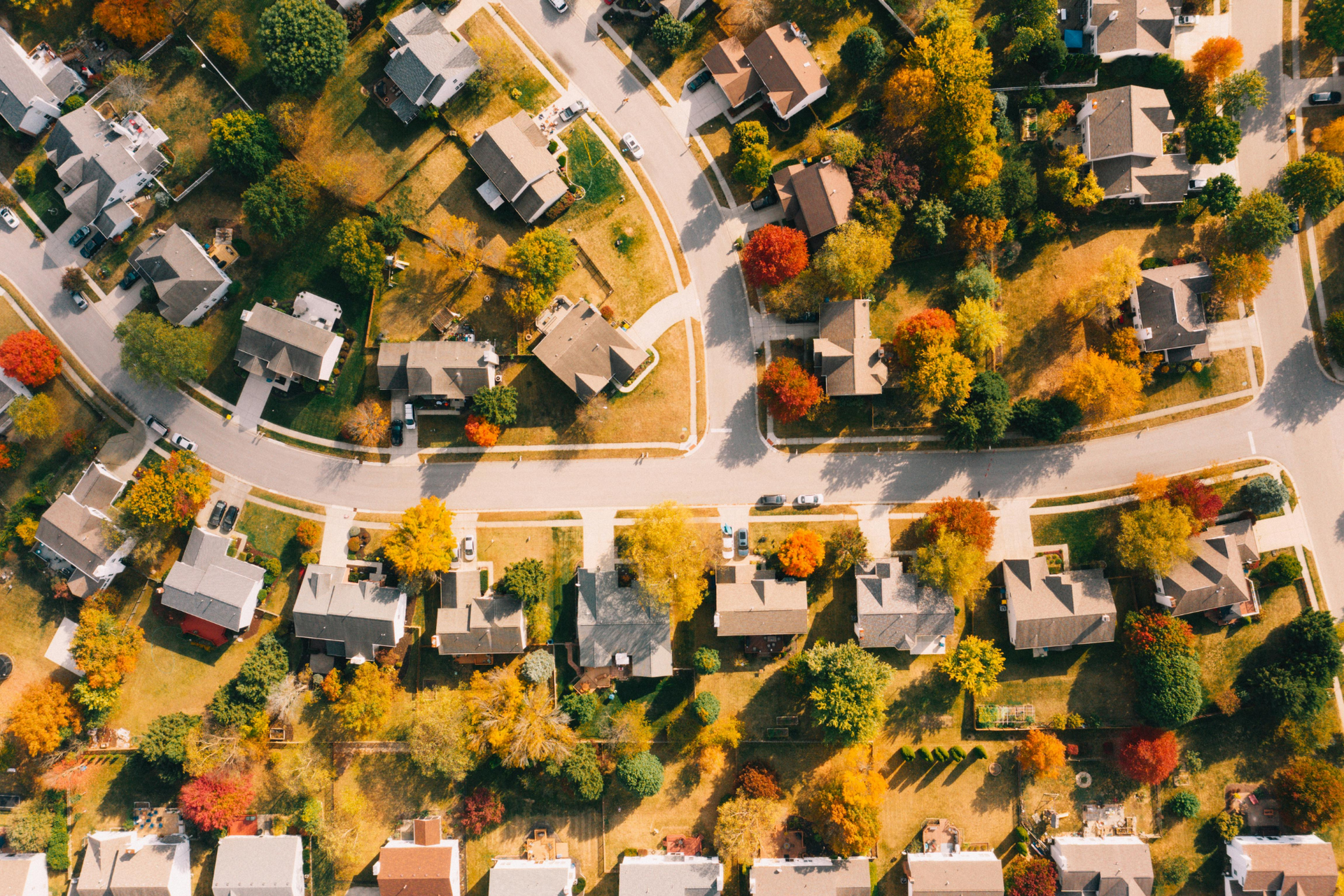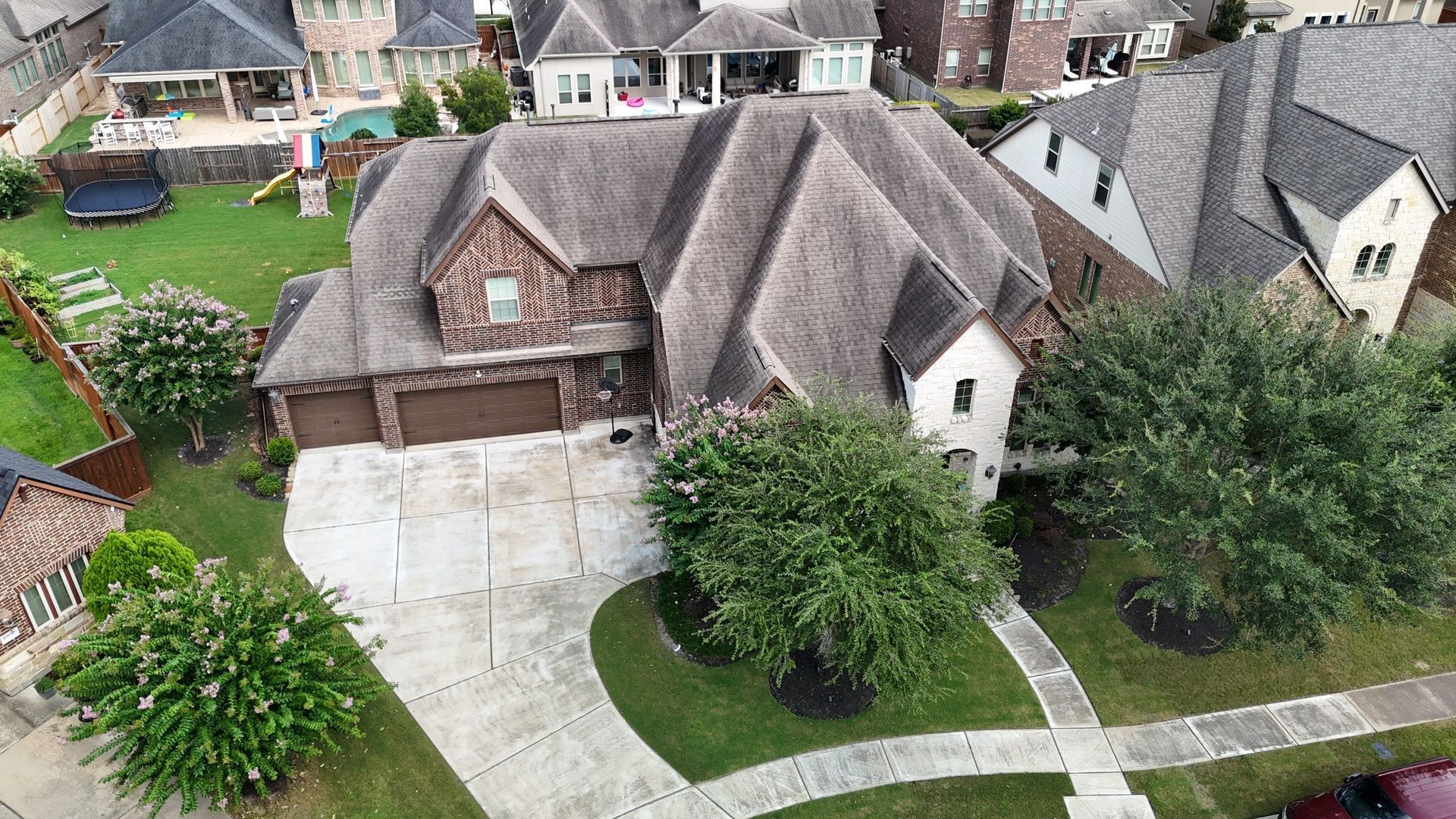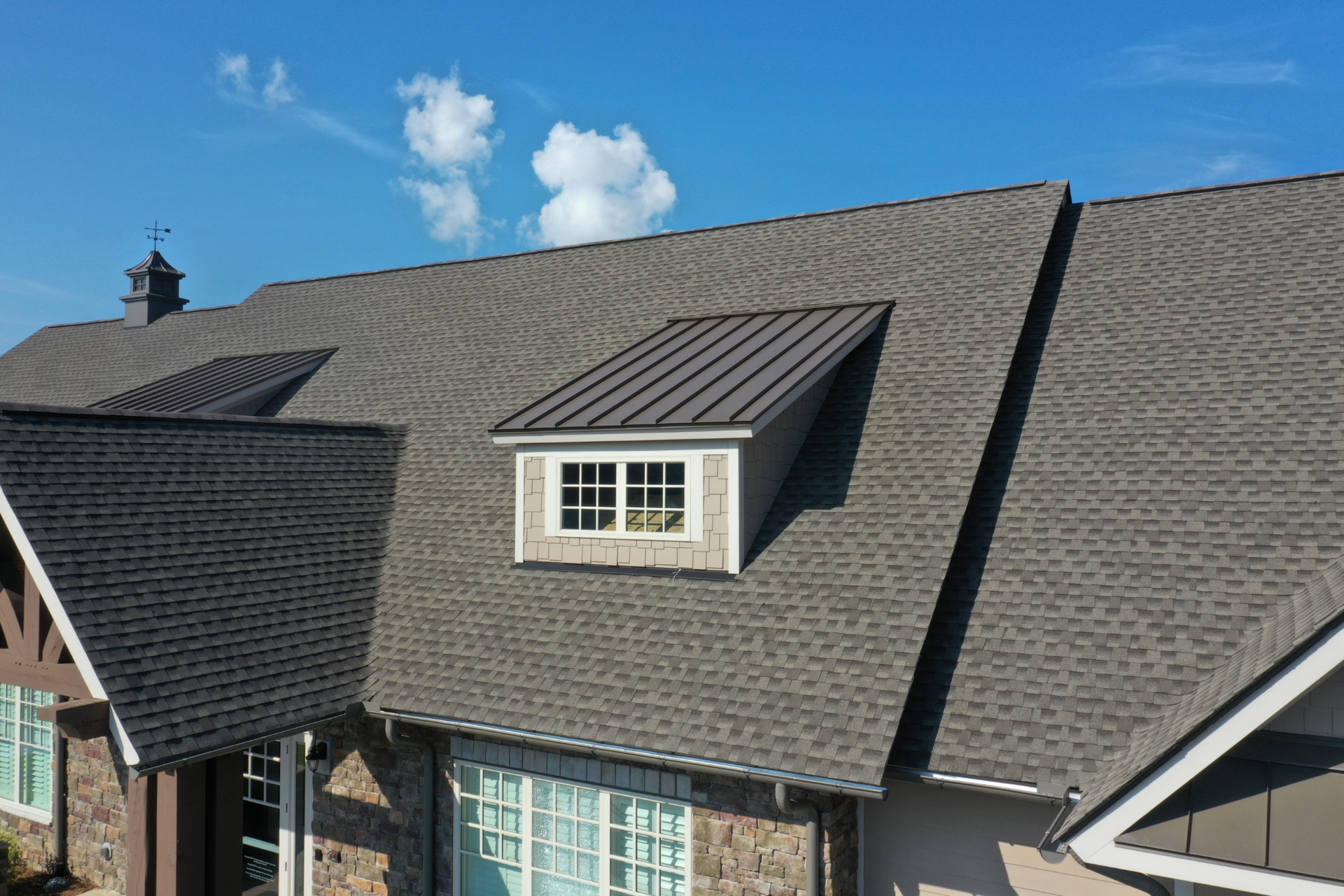Roof Protection in Houston: Popular Trees and Their Impact
Houston’s trees add beauty, shade, and value to homes across the city. But while they may beautify curb appeal, they can also create hidden challenges for your roof. Knowing which tree species thrive in Houston and how they impact your roof’s condition can help homeowners make better landscaping and maintenance decisions.
Southern Live Oak (Quercus virginiana)
The Southern Live Oak is one of Houston’s most recognizable trees. Its sprawling branches and dense evergreen canopy offer year-round shade that helps reduce heat absorption on rooftops, which is a big plus during the summer. However, its vast limbs often extend over homes, leading to rubbing damage, falling branches, and heavy leaf or acorn buildup in gutters. Regular trimming is very important when tending to these iconic trees in order to keep them roof-friendly.
Southern Magnolia (Magnolia grandiflora)
Known for its large, glossy leaves and fragrant white blooms, the Southern Magnolia is a Houston classic. While beautiful, this tree sheds thick, leathery leaves that can quickly clog gutters and downspouts. Its dense canopy also blocks sunlight, which can create damp roof areas prone to moss or mildew. Proper spacing and pruning can help balance its beauty with roof protection.
Nuttall Oak (Quercus texana)
The Nuttall Oak thrives in Houston’s clay and occasionally soggy soils. It’s a fast-growing shade tree with deep roots and great for the yard, but not ideal too close to your foundation. Roots can extend under driveways or structures, indirectly stressing roofing and framing over time. We advise planting Nuttall Oaks with at least 15 feet of clearance from your home for safe growth.
Drake Elm (Chinese Elm, Ulmus parvifolia)
Drake Elms are fast-growing, hardy, and a favorite for low-maintenance landscapes. They drop fewer and smaller leaves than oaks, so gutters stay cleaner. However, their rapid growth means branches can creep over roofs quickly if not pruned regularly. With mindful trimming, the Drake Elm makes an excellent, manageable shade tree.
Cedar (Ashe Juniper)
While not typically planted right next to homes, Cedar trees are common around Houston properties. Their dense foliage provides privacy, but dead branches can fall during storms, posing a hazard. Clusters of cedars can also trap moisture and shade roofs, encouraging mildew growth if airflow is limited.
Bald Cypress (Taxodium distichum)
Native to Texas wetlands, the Bald Cypress is admired for its beauty and resilience. It handles Houston’s variable conditions well but needs space to spread its roots and canopy. While less likely to overhang roofs, its needles can shed seasonally, adding to debris near gutters.
How Trees Affect Roofs
Even the healthiest trees can impact Houston roofing systems over time. Overhanging branches can rub against shingles, while falling leaves and twigs clog gutters, causing water buildup and leaks. Heavy shade slows roof drying after rain, leading to mold and algae growth. And during severe storms, large limbs can break and cause major roof damage in Houston.
With thoughtful care and the right tree choices, you can enjoy Houston’s green beauty while keeping your roof safe and clean.
